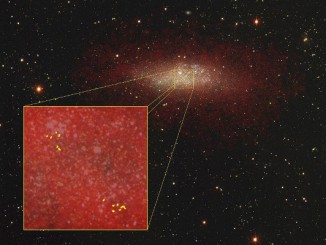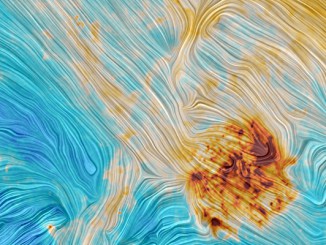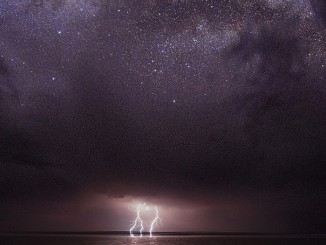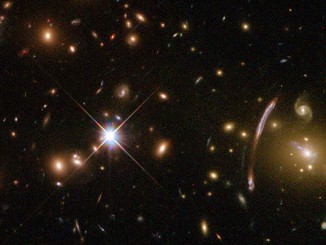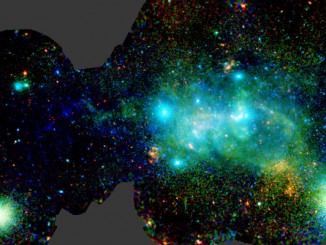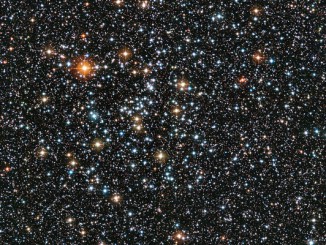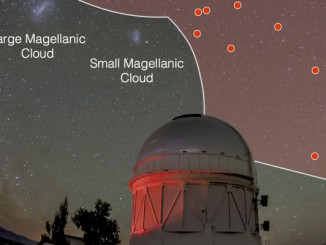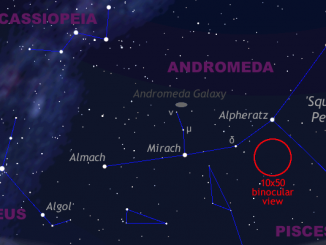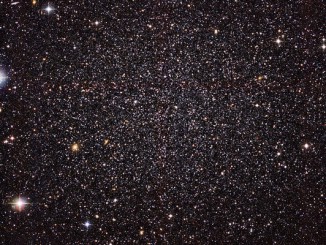
The Sculptor Dwarf Galaxy: a shy galactic neighbour
The Sculptor Dwarf Galaxy, pictured in this new image from ESO’s La Silla Observatory, is a close neighbour of the Milky Way. This galaxy is much smaller and older than ours, making it a valuable subject for studying both star and galaxy formation in the early universe. However, due to its faintness, studying this object is no easy task.

